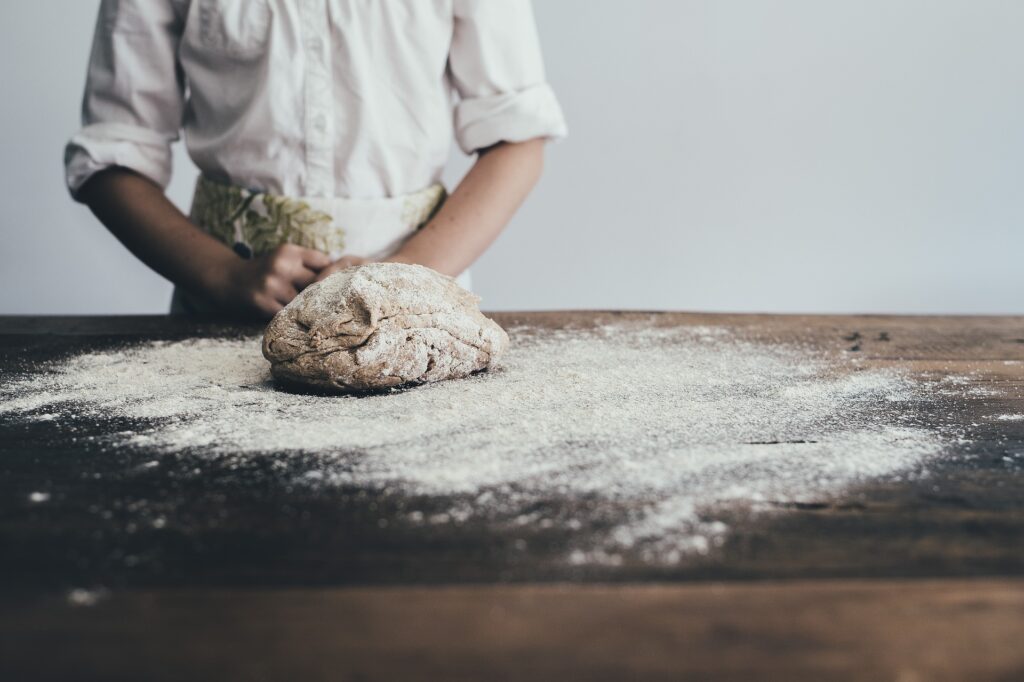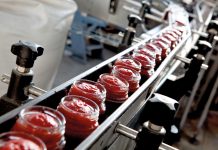 Influence of partial baking time, freezing rate and storage time on the quality of partially baked bread.
Influence of partial baking time, freezing rate and storage time on the quality of partially baked bread.
The baking industry uses different production processes to preserve over time a quality comparable to that of fresh bread. In this context, the objective of a recent study, carried out by a group of Mexican researchers (Gerardo-Rodríguez et al., 2021), was to analyse the effect of partial baking time (0.3 and 6 min), freezing rate (0.15 and 1.75 °C/min) and storage time (up to 56 days) on the quality of partially baked (French type) bread.
The bread was thawed every 14 days and rebaked; then, the specific volume (SV) and firmness of the part-baked French bread were determined. The test was performed with a factorial design of 3×2×5 (3 part-baking time, 2 freezing rates and 5 frozen storage times) with analysis of variance (ANOVA) at a confidence level of 95%. The results show that the highest SV was obtained at 6 minutes of partial baking at a slow freezing rate.
These values decreased as the frozen storage time increased. In contrast, the TPA (Texture Profile Analysis) showed that bread firmness increases when the SV decreases, and reaches the highest value in the control product (i.e. non partially baked before freezing). Finally, it was observed that the bread produced with frozen dough loses its total capacity to retain carbon dioxide, producing bread with low SV and high density and firmness. In conclusion, the authors argue that partial baking before freezing provides a product of superior quality compared to simple frozen doughs.
Impact of baking and vacuum cooling conditions on the quality of toast bread.
Vacuum cooling of baked goods can deliver many advantages in terms of quality and productivity. However, the associated high costs and the need to adjust baking protocols require more in depth analysis. In this context, a recent study by a group of Swiss researchers (Kinner et al., 2021) examined the interactions of this protocol – i.e. vacuum cooling conditions and bread quality – using toast bread as reference.
In particular, bread characteristics including specific bread volume, concavity, browning index, crust and crumb hardness, water activity (aw), internal temperature and water loss were analysed. The results demonstrate that in order to compensate for water loss during vacuum cooling and still achieve optimal toast bread quality, an final bread core temperature of 98°C must be reached at the end of the baking process, regardless of oven temperature.
The study also shows that with vacuum the cooling time can be reduced by a factor of 10 if the baking protocol is optimally adjusted, allowing to increase productivity for industrial applications. In summary, the authors state that further investigations are needed to test additional systematic variations to the baking and cooling protocols, with special attention to the pressure curve during vacuum cooling, analysing the impact on the final product quality and time savings.
References: J.E. Gerardo-Rodríguez et al., Food Science and Technology, 41, 2021, 352-359; Kinner et al., Journal of Food Science and Technology, 58, 2021, 4578-4586.



